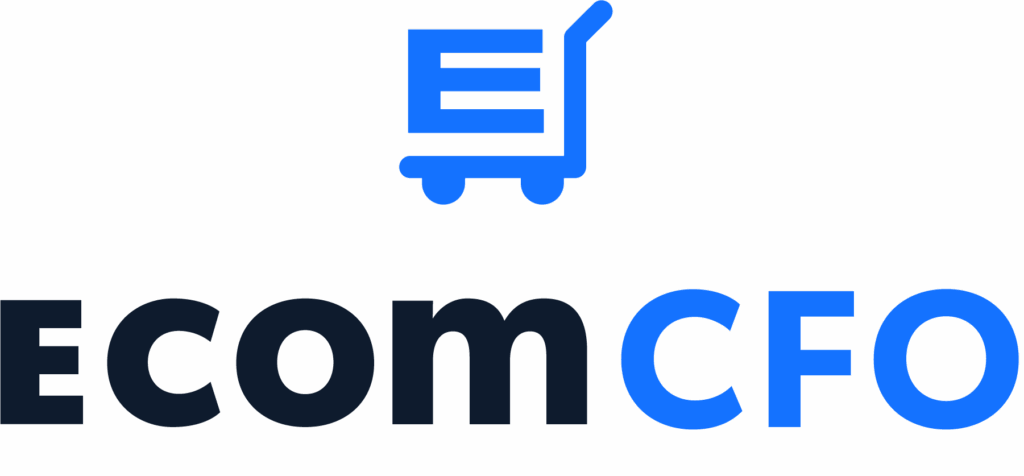Recently, we shared a peak at the data from our Q1 P&L Benchmark Report, a review of eighteen privately held DTC brands.
One of the key takeaways was that wholesale grew between ~9.0% and 40.0% across each of our cohorts, and made up a bigger chunk of the overall revenue pie than it did in Q1 2024.
It prompted this question from one of our 7-figure clients – a regular reader of this email:

Good question.
My initial answer: This is the wrong question to ask.
Before we even talk about the financial side of whether you should wholesale, there are 3 gating questions to answer:
- Is your product wholesalable? Not every DTC product works well on a shelf.
- Do you have the infrastructure? Meaning staff, EDI connection, etc. One of our clients is exploring a 90-store rollout with Nordstroms. They order weekly, by location – so 90 POs rolling in every week. Can you support the added complexity?
- Can you sell it? There’s no free lunch – you’ve still got to market to this audience, often in ways that are completely foreign to DTC founders.
If the answer is “No” to any of the above questions today, it doesn’t matter how important it is to growth.
But, assuming the answer is yes (or at least, “maybe in the future”) the two subsequent questions you’ll bring to your CFO are…
1. Do our unit economics work? Retailers are typically asking for 40% to 60% off. If your current gross margins are only 40%, guess what… Y’aint doin wholesale.
2. Do we have the cash? Payment terms are typically a minimum of Net 30, but can easily go as high as Net 60 or Net 90.
If you don’t have the financial reporting system in place to answer those questions quickly and clearly, we’ve written a few things that will help:
- A Deeper Dive On Financial Reporting
- Our Budgeting Template and How To Use It
- Your Monthly P&L Review (Part 1)
- Your Monthly Balance Sheet Review (Part 2)
- Your Weekly Cash Flow Review Process (Part 3)
You can also grab time on my calendar and I’ll whiteboard the math with you.
Regardless, if the preliminary numbers make sense, the next step is to think about which path into wholesale is best for you both strategically and financially.
The Spectrum of Wholesale
Broadly speaking, I see clients in 3 general buckets…
- DIY, Founder Led: We continue to see the emergence of self-serve tools and marketplaces like Faire and Shopify’s B2B functionality (and Shopify continuing to add new features)
- DIY, In-House Team: I also see some people hire specifically around this. One client, for instance, was selling into salons, and brought on a dedicated account rep, paid on commission. This path has probably got the highest up-front commitment (time, money, etc.), but the most efficient long-term cost structure.
- Trad Big Box: This is your Best Buy’s, and Target’s. There’s a known system and process for getting in and staying in, and I would never approach this without at least some consulting help.

I do see companies starting in one bucket and moving across the spectrum.
I’ve also seen companies go straight from DTC to Trad Big Box.
Should I Wholesale?
The two sections above cover the “Can we?” question.
But returning to my initial point, the next question “Should I”
There are a lot of benefits to wholesale. It…
- Diversifies sales channels and makes you less reliant on Google and Meta
- Makes you more attractive to investors or buyers because you’re diversified
- Can smooth out seasonality and be more predictable revenue
It can also (typically) enhance your DTC presence and offer valuable social proof.
But based on the numbers we’re seeing on P&Ls, it’s rarely responsible for more than about 10% to 20% of revenue, and we don’t have a single client I can think of where it’s more than 50%.

That’s not to downplay what it can do for brands.
We have clients selling to the US government, and other governments around the world – where one order can bring more than $1M profit.
Their years look very different without wholesale.
But there are no free lunches
There is ramp up time and additional costs.

Summary
The reality is, most DTC brands start because they have an excellent DTC product, and they have better opportunities for channel growth without going wholesale.
They can launch new SKUs, add/expand Amazon and Walmart.com. They can add/expand internationally.
Very often, the most effective growth lever is “Doing more of the same, but better.”
Wholesale can be incredibly impactful.
But launching wholesale this year is likely not going to magically add 15 percentages points to your EBITDA
It can be something to evaluate, test, and adapt over time.
If you want help doing that for your brand, I keep a few spots open on my calendar for reader calls. Feel free to grab one here.

